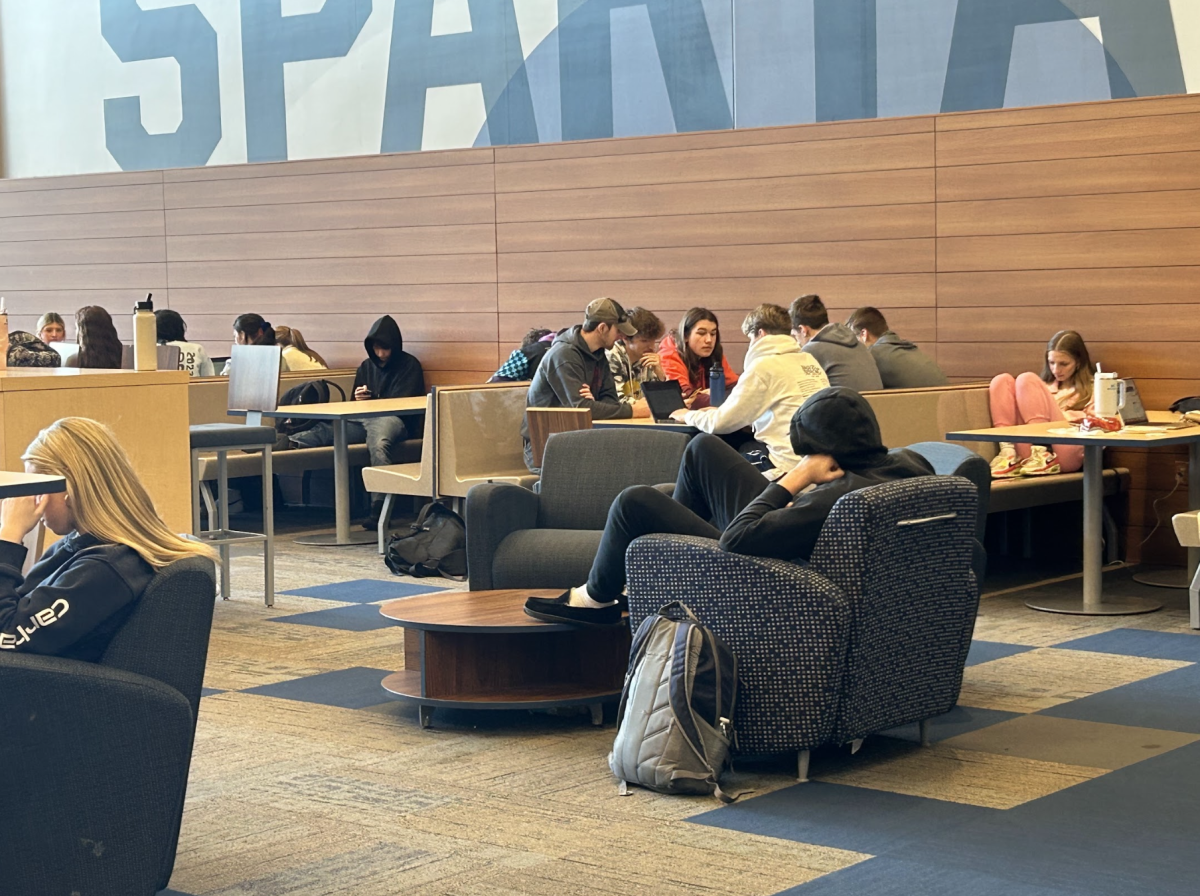As time advances, so do the standards and requirements of education, indicating that each generation is expected to perform better than their former. The learning requirements for students compared to previous generations are slightly higher, forcing them to pursue more advanced classes.
With new technological advancements, the work required for most careers is enhanced. Colleges are more competitive and students are attempting to outdo each other in classes in order to appear more fit for jobs. Students are being required to learn more challenging things at a much faster pace and younger age than past generations. This quick change of curriculum is leading to younger students, like preschoolers, to have increased expectations as well.
Preschoolers have begun to spend less time in social activities and more time doing worksheets, preparing them to begin learning concepts at a much earlier age.In 1998, 22% of parents thought it was important for preschoolers to know the alphabet going into kindergarten. In 2010 and it was discovered that the percentage had jumped up by 33%.
This increase in early education creates a domino effect leading to advancements in all levels of education. The overall amount of credit requirements has increased from an average of 23.6 in 1990, to 27.2 in 2009 forcing students to take more classes in order to graduate. Activity and proficiency in classes have improved as well seen through rises in scores in common core classes like math.
This progression in education is causing degrees to mean less. This phenomenon called, “Degree Inflation” means that because people are generally more educated, degrees begin to mean less and less. Although the rules for applications have been increased, the percentage of Americans who have bachelor’s degrees has increased by 70% since 1910 and 7.5 percent between 2011 and 2021.
Jim Russel has seen these changes in education. “Back in high school, during my senior year, we had an option of a science class or taking Algebra 2.”
Math standards now place Algebra 2 between the sophomore and junior year. The average adult now is likely to be behind in school when compared to current students.
The early movement through classes such as math and science have made it essential for classes in college to become more difficult. As graduates go into college with credits from previous classes, they find themselves taking the more advanced classes much faster than previous generations have.
“I’m pretty sure I only took up to Algebra 1 when I was in high school,” Counseling Assistant Lisa Cappaert remarked. The math standards have increased well past this making it normal for most students to graduate with a type of advanced class beyond Algebra 2, most choosing Pre-Calculus.
Cappaert continued, “I think science has advanced in schools as well. I know that we offer a number of different types of science classes that weren’t available when I was in school.”
The increase of involvement and proficiency in schools have forced younger generations to begin learning things much sooner than before. The small act of educating a young child on something sooner than usual leads to a chain event of advanced classes and placement. The cycle will continue as careers become more difficult to earn and stay involved in.









